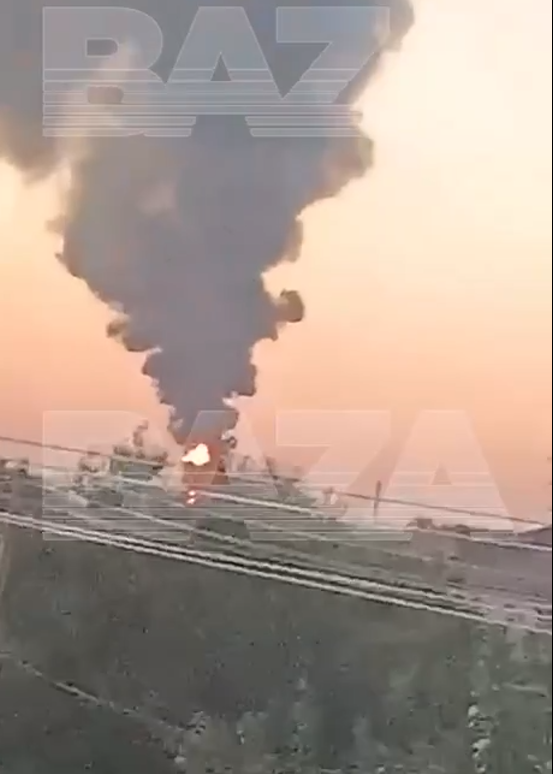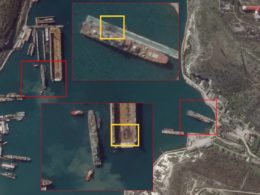The Financial Times reported on 12 October that Ukrainian and US officials confirmed the United States has been providing intelligence to support Ukraine's long-range strike campaign against Russia's energy sector, including oil refineries, since at least July 2025.
According to the FT, this intelligence sharing arrangement began following a phone call between Trump and Zelensky in July 2025.
Trump grew "increasingly frustrated with Russian President Vladimir Putin's unwillingness to move toward peace," according to the FT's reporting, which prompted the shift toward direct intelligence support for Ukraine's targeting operations.
The structure of US support
The mechanics of the partnership reflect a division of labor between Washington and Kyiv. According to three sources familiar with the matter, "Ukraine selected the long-range strike targets, and the United States then provided intelligence on the sites' vulnerabilities." The FT further reported that "the United States had also determined target priorities for the Ukrainians" and that "the United States was closely involved in all stages of Ukraine's strike planning."
US intelligence has focused on operational specifics. According to officials quoted by the FT, "US intelligence sharing has been crucial in enabling Ukraine to better prepare drone routes to evade Russian air defenses." This capability has translated into higher strike success rates as Ukraine's improved drone technology and increased production have allowed for more frequent operations.
Results on the ground
The tangible effects of the campaign are visible across Russia and occupied territories. Ukrainian strikes against oil refineries deep within Russian territory have resulted in "gasoline shortages across Russia and occupied Ukraine, resulting in long lines and increased prices at gasoline stations," according to the FT's account.
The research group Energy Aspects assesses that Ukraine has struck 16 of Russia's 38 oil refineries, representing 42 percent of the nation's refining capacity.
Kremlin response and economic toll
The cascading consequences for Russia's economy prompted direct government intervention. On 12 October, Putin signed a decree suspending reductions in the fuel damper payment subsidy to oil refineries from 1 October 2025, to 1 May 2026.
The damper system functions as a market stabilization mechanism. According to the arrangement, it "is meant to encourage oil refineries to sell their product domestically by providing government subsidies to compensate for the difference between higher export rates and the domestic market."
Putin's decision to suspend planned subsidy reductions demonstrates the impact of Ukraine's campaign. The FT reported that sources stated Ukraine's strikes "continue to significantly destabilize Russia's gasoline sector." The continuation of subsidies through May 2026 means "increased costs on the Russian state" at a time when Russia's energy infrastructure has been substantially damaged.
Strategic implications
The intelligence partnership represents a significant escalation in US engagement with Ukraine's military operations. What began as intelligence sharing has evolved into what officials describe as involvement "in all stages of Ukraine's strike planning," from target selection and vulnerability assessment to route optimization and priority determination.
The campaign demonstrates how enhanced drone technology, coupled with external intelligence support and increased production capacity, has enabled Ukraine to conduct strikes against targets deep within Russian territory—striking at infrastructure that had previously been considered beyond effective reach.
Read also
-
Russian husband-and-wife spy duo tried to send bomb through Polish courier network — investigation
-
Ukrainian drone swarm startup Swarmer raises $18 mn, breaking defense tech funding records
-
Technical failure forces Russian Black Sea Fleet submarine to surface in Atlantic—NATO responds with frigate surveillance



